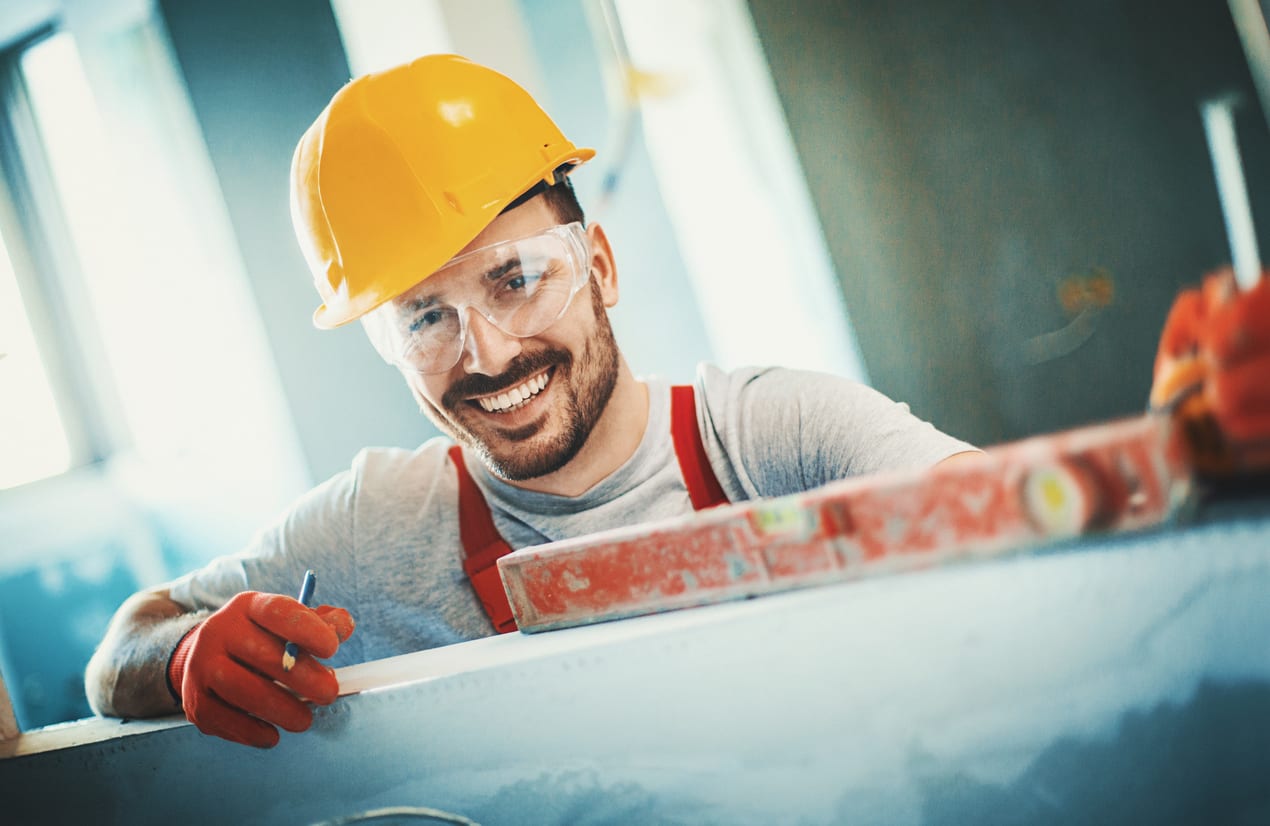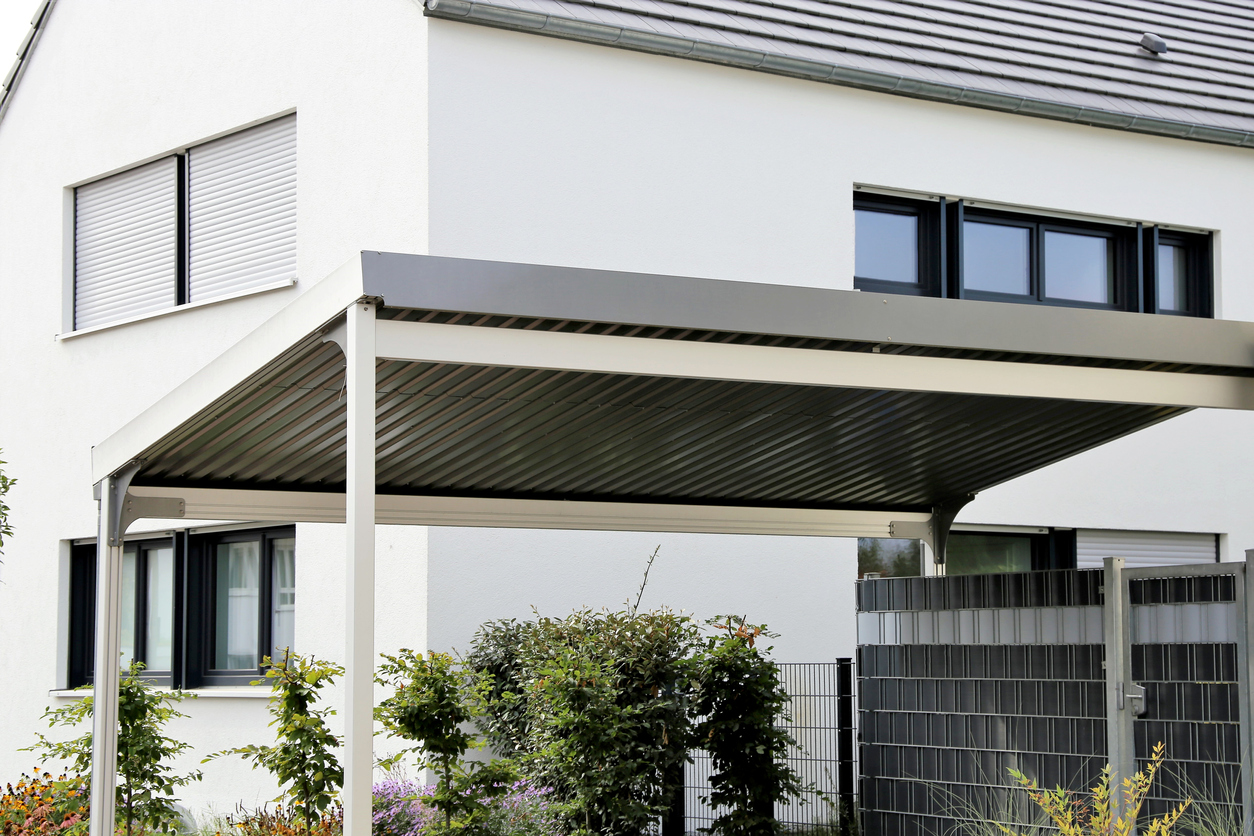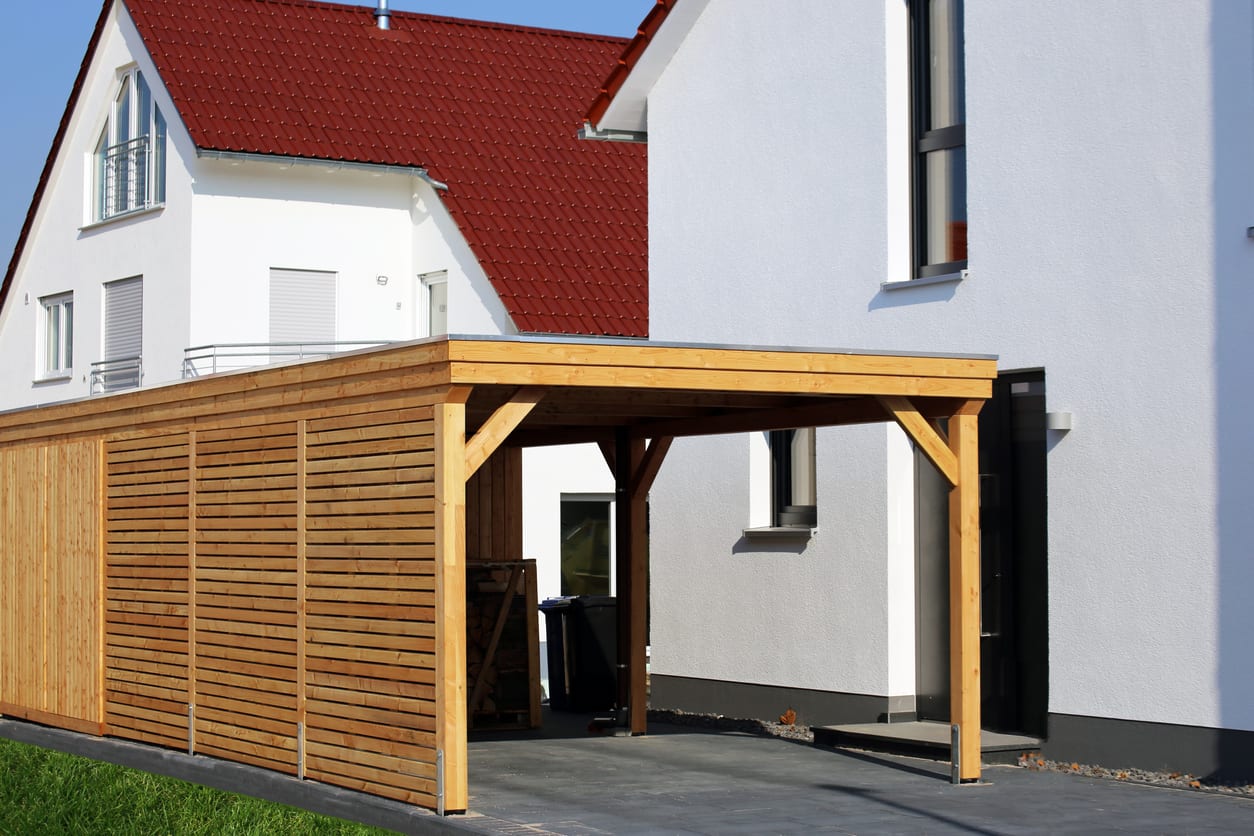Are you ready to start your next big DIY project? Projecting yourself and using the proper safety gear is vital to ensure you and your crew finish the project injury-free.
In fact, before you get started, it’s important to understand what you’ll need to wear for safety for each stage of your DIY endeavor.
You see, while DIY is always a great deal of fun and can lead to some truly amazing home renovations, there are also a number of tasks that can put your eyes, hands, back, and other various body parts at risk if you’re not careful.
In the previous post, we covered everything from safety glasses to knee pads. Today, we’ll focus on protective body articles in this safety gear checklist.
Your Safety Gear Checklist Continued
Heavy Plastic, Canvas, or Leather Apron
Any time there’s a chance of either burns or harmful chemical splashes, an apron is always a good idea.
Actually, when working with hot metals or other super-heated materials, a leather apron is your best bet for heat protection. Chemical and cooking work, on the other hand, may be better served by a science-grade plastic apron.
If you can’t get either, a thick canvas apron will do.
Just make sure it covers the majority of your torso but isn’t so large that it fits badly or gets in your way.
Sturdy Clothing – From Wrists to Ankles
Splashes, flying splinters, and other environmental hazards recommend that you wear sturdy, possibly denim or leather, clothing for all or most of your DIY tasks.
However, choosing the right materials isn’t enough.
To provide optimal protection, ensure that your protective clothing reaches all the way to your wrists and passes your ankles without dragging the ground.
Integrous Work Boots – No Holes, Strong Soles
Most DIY worksites will end up littered with at least a small amount of debris, dust, tools, and dropped nails and screws.
This means that bare or insufficiently protected feet are always in danger.
So, get yourself a pair of comfortable, flexible work boots with thick leather tops to protect you from falling objects. Also, incredibly durable soles will safeguard you from floor nails and other sharp objects.
Finally, be sure your soles offer reliable traction on varying surfaces.
Hard Hats – Falling Objects Bad
If you’re working on a home improvement project that takes place partially above your head, like putting up a shed, you should wear a hard hat to protect the top and sides of your head from falling objects.
This is especially relevant when working with other people who could accidentally drop or knock over materials above you.
When you grab a hard hat, pick up a few extras for your helpers that might join you in the future.
Supportive Back Belt
DIY projects are often small-scale. Yet, a fair number also involve lifting potentially heavy and sometimes awkward objects.
These activities are some of the major causes of lower back injuries due to insufficient form and support.
So, to encourage proper lifting tactics and provide extra support to the lifting muscles in your back, a supportive back belt is an incredibly important asset to your safety gear list.
The key is to make sure it fits you and secures tightly and comfortably.
Safe, Convenient Tool Holsters
Scattered tools are one of the biggest risks for any DIY worksite.
Dropping, reaching for distant tools, or stepping on ones left on the ground all pose a certain amount of safety hazard and inconvenience.
To guard you from random tool-based accidents, get a comfortable tool belt with plenty of holsters to keep everything you need at-hand.
This is more efficient than having them on the floor or on various surrounding surfaces.
Protect Yourself During DIY Projects
Using this safety gear checklist will ensure that you complete your DIY project safely with no injuries.
Taking these precautions will keep your eyes, hands, knees, and safe as you explore your creative, technical, and logistical abilities in home improvement.
For more DIY tips or to consult with friendly professional builders on the best choices for your DIY project, contact us today!
 Copyright secured by Digiprove
Copyright secured by Digiprove 


